Jiwasraya, textile import, lobster and bansos, four keywords of current phenomenon that will lead us to one sad incident, a major corruption case. All three have occurred when we haven’t forgotten the other keywords: coalruption, e-ktp, and hambalang. It is sad but interestingly not surprising. Corruption is the deterioration of ethical character, loss of moral integrity, and institutional dysfunction (Priyono, 2018).
Corruption is not only an act of breaking the law or deviation from the norms. It is an erosion of the law and the norms (Grigorie, 2018). Corruption is an act with a perfect combination of deadly characteristics: systematic, structured, systemic, networked, and decentralized corruption.
More than that, what is increasingly worrying is that corrupt behavior has normalized and has even developed from just a problem to a way of solving problems. These seven characteristics of the corruption phenomenon may have manifested in Indonesia.
Systematic Corruption
Corruption is not a single isolated event but rather the result of a systematic process. Corruption is an intentional, planned, and methodological process. A systematic corruption process is an area where individual, organizational, situational, and environmental factors collide. In a systematic corruption, the system can be a trigger, impetus, and facilitator of corruption, particularly when corrupt behavior is for the benefit of the organization.
Structured Corruption
Corruption becomes structured when an institution deviates from the purity of its original intent and purpose. State governance systems and organizations are misused to benefit particular groups of interest. The financing of political campaigns by corporations can be an example of structured corruption (Ceva & Ferretti, 2017).
In Indonesia, this occurred when the lack of state subsidies for political parties resulted in increased efforts to secure illicit financing. it exploits the legislative and executive institutions as a source of income (Mietzner, 2007). Vote-buying (Muhtadi, 2018) and the deliberative weakening of social control institutions indicate the existence of structured corruption.
Systemic Corruption
Corruption becomes systemic when it spreads, penetrates, and covers the entire system (Tella & Savedoff, 2001). Referring to the architecture of corruption according to Dion (2010) and Zekos (2004), systemic corruption occurs at five levels of corruption: corruption of principles, corruption of moral behavior, corruption of people, corruption of organizations, and corruption of states.
At the first level, the principles of life and the essence of humanity has been contaminated. Harmonization of ethical principles and the introduction of universal ethics may be able to stop this corruption. The second level is the corruption of moral behavior. When facing ethical dilemmas, leaders and employees choose the most profitable way even though it is unethical behavior.
They face difficulty in balancing values, multiple loyalties, and obligations (Fotaki & Humantito, 2015). The increasing greed and love for power have become the three manifestations of the third level of corruption of people. The fourth level, corruption of organizations is when the leader tries to avoid performance failure by corruption.
For example, when a CEO bribes the government to gain or avoid losses. Corruption creates uncertainty and the CEO argues that only by bribery a corporation can survive. The fifth level, corruption of the state, is that the foreign business actors bribing government officials, for example, to obtain permits, licenses, or particular facilities. It resulted in an increasingly inefficient economy and people losing their trust in the government and other state institutions.
In systemic corruption, it becomes the rule and is not considered as a deviation anymore. Corruption has become a routine and usual daily activity so that any system specifically designed and implemented to prevent and detect the behavior will be increasingly ineffective.
Incentives to commit corruption are very attractive and irresistible to individuals, public officials, and corporations. It is supported by a corrupt environment where the corrupted rules and norms are widely known and obeyed by the wider community. These irresistible incentives form a deeper systemic corruption trap. (Stefes, 2007) (Coetzee, 2012).
In Indonesia, systemic corruption is a practice that disciplines and affirms positions and hierarchies within the bureaucracy. Systemic corruption in Indonesia has undermined the legitimacy of government and democratic control. However, this does not necessarily result in an unstable and inefficient bureaucracy.
We need to understand that systemic corruption in Indonesia is a central element of the governance system. It is not a trivial and incidental mistake that rarely occurs in a well-ordered bureaucracy. It is an integral part of government function (Znoj, 2007).
Networked Corruption
Corruption also manifests as a parasitic network across regions, economic and social systems, and win-win reciprocity (Nielsen, 2003). Corruption networks have grown and developed among political parties, police, prosecutors, judiciary, legislative bodies, and watchdog institutions such as auditing institutions, journalists, educational institutions, and professional associations.
Corruption is no longer just a collection of practices carried out by a large group of public officials but represents a network that has a complex but effective operating system. Corruption networks are cross-public and private, across echelons in government and state-owned enterprises.
Each actor has a specific role, and some actors perform multiple roles. Network leaders can be from outside the government or from within the government. They control government power to maximize profits and enforce discipline among actors in the corruption network. (Chayes, 2016)
Decentralized Corruption
Regional autonomy and decentralization of decision-making have shifted the locus of power and the risk of corruption from the central government to regional and local governments. The original intent was to increase public participation in decision-making and promote transparency.
It can reduce the levels of corruption, but then corruption is also decentralized. The lack of vertical accountability has made the community monitoring system degenerate and rot into a corruption network. It becomes a problem of collective action (Walton & Jones, 2017).
Become a way of solving problems
Corruption develops from just a problem to a way to solve problems. In certain contexts and situations, corruption serves as a solution to difficult social, economic, and political problems. Economic and political factors force government leaders to rely on corruption to mobilize, consolidate, and carry out political redistribution.
Besides, corruption is a tool to gain political support and maintain political stability. Corruption as a solution does not only happen to politicians but also occurs at the community level. The public views corruption as a solution mechanism. It is the only way to get access to public services or social assistance and funding from the state. (Marquette & Peiffer, 2015).
Normalizing corruption
Corrupt environment and behavior can become conditions that are questionable and problematic. Corruption has been an institutionalized, stable, patterned, and recurring condition. It occurs without much reflective thinking about the nature of the behavior.
There is a process whereby corrupt practices become routine, thereby eliminating awareness of wrongdoing. It combines with rationalization and socialization where the perpetrators justify their actions, introduce and include new members in the act of corruption. (Jávor & Jancsics, 2013) (Ashforth & Anand, 2003).
Extensive and comprehensive research is needed to determine whether these seven deadly faces of corruption have, have not, or have manifested in Indonesia. We need to look at corruption from a more comprehensive perspective. Corruption is not only an agency problem but also a collective action problem.
Corruption is the result of broader governance problems that have so far been unsolved. Corruption risk management may be one approach that can be considered to overcome it. In managing corruption risk, understanding these seven characteristics is an important step to start eradicating corruption.
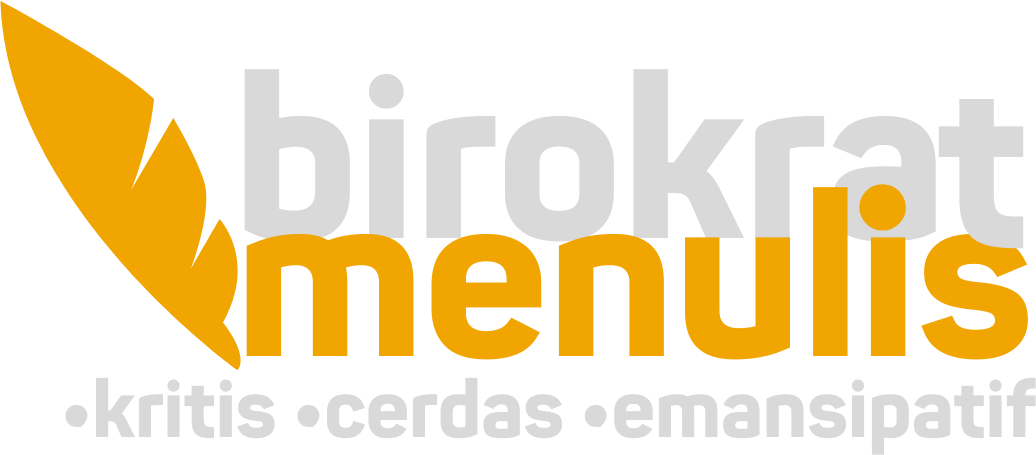

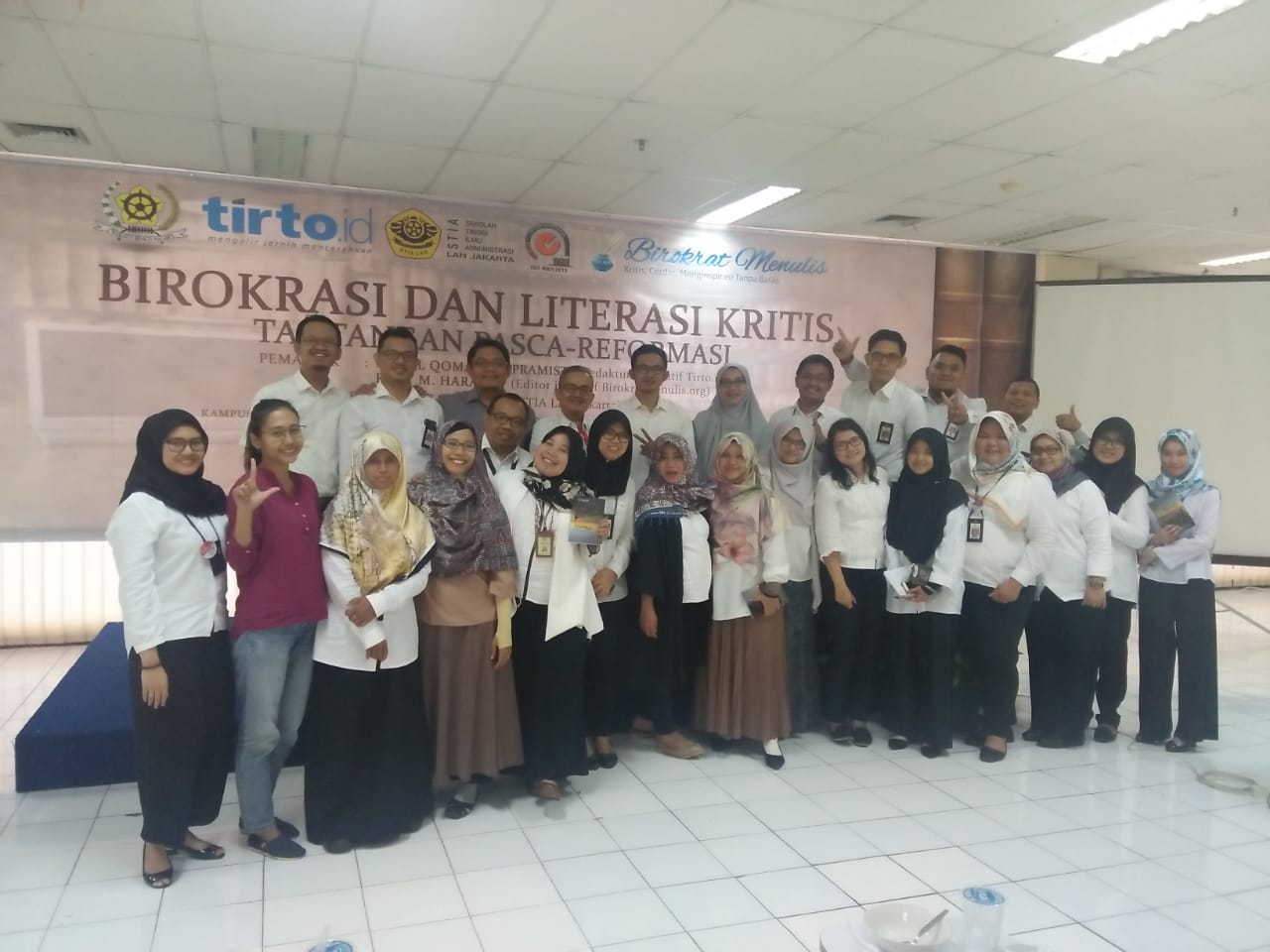
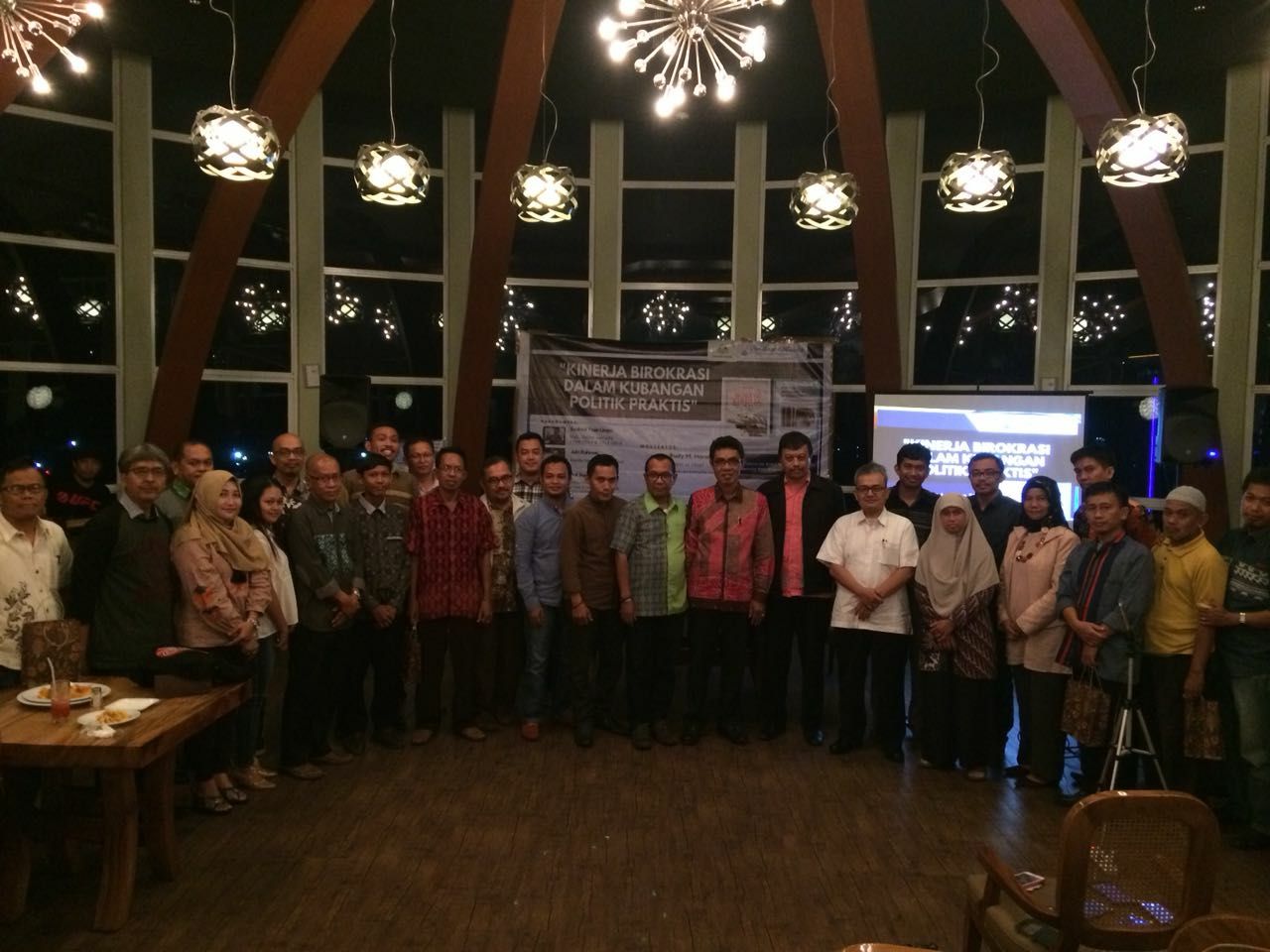
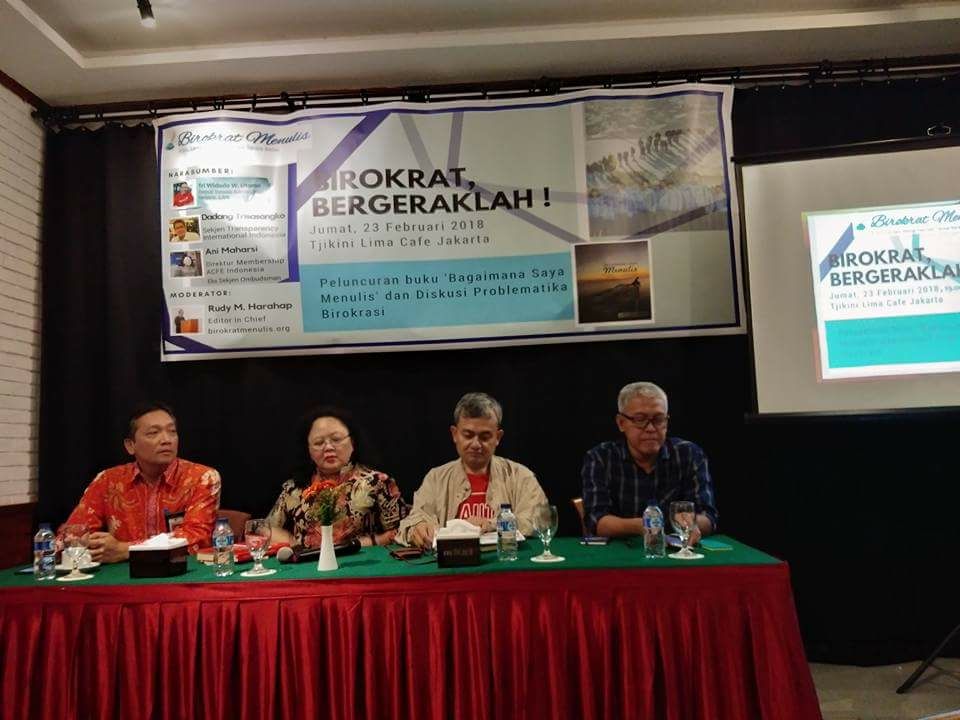
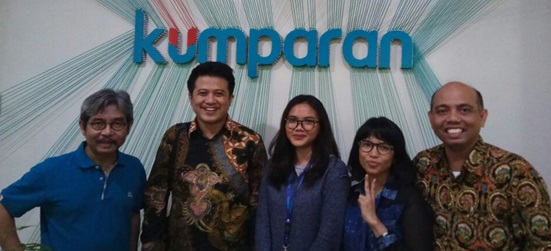
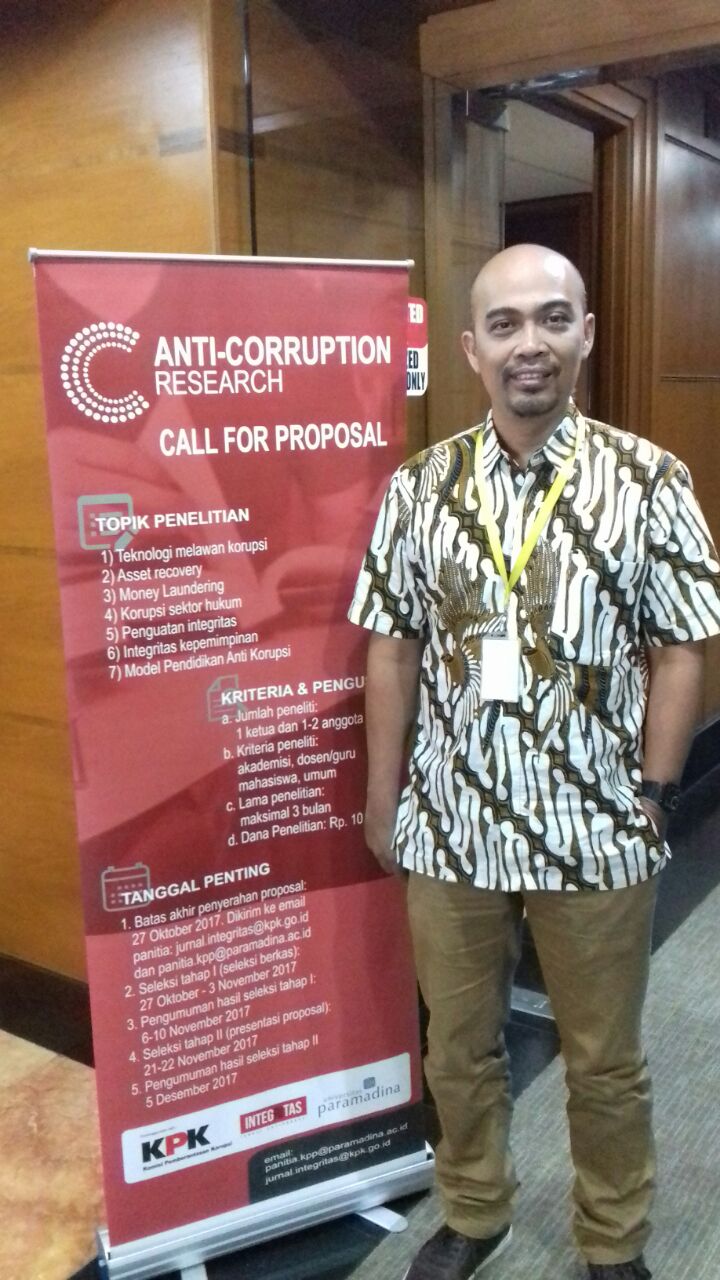
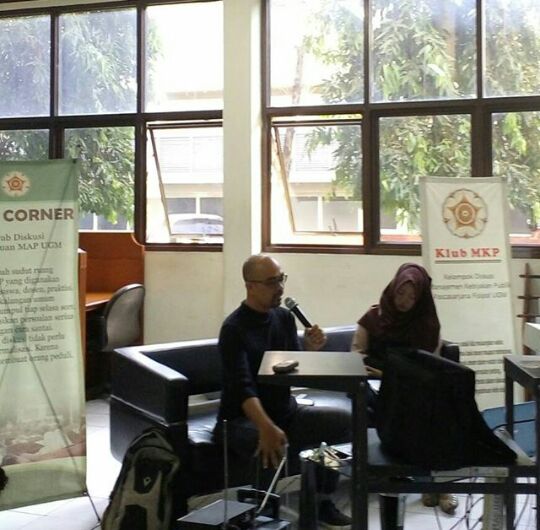







0 Comments